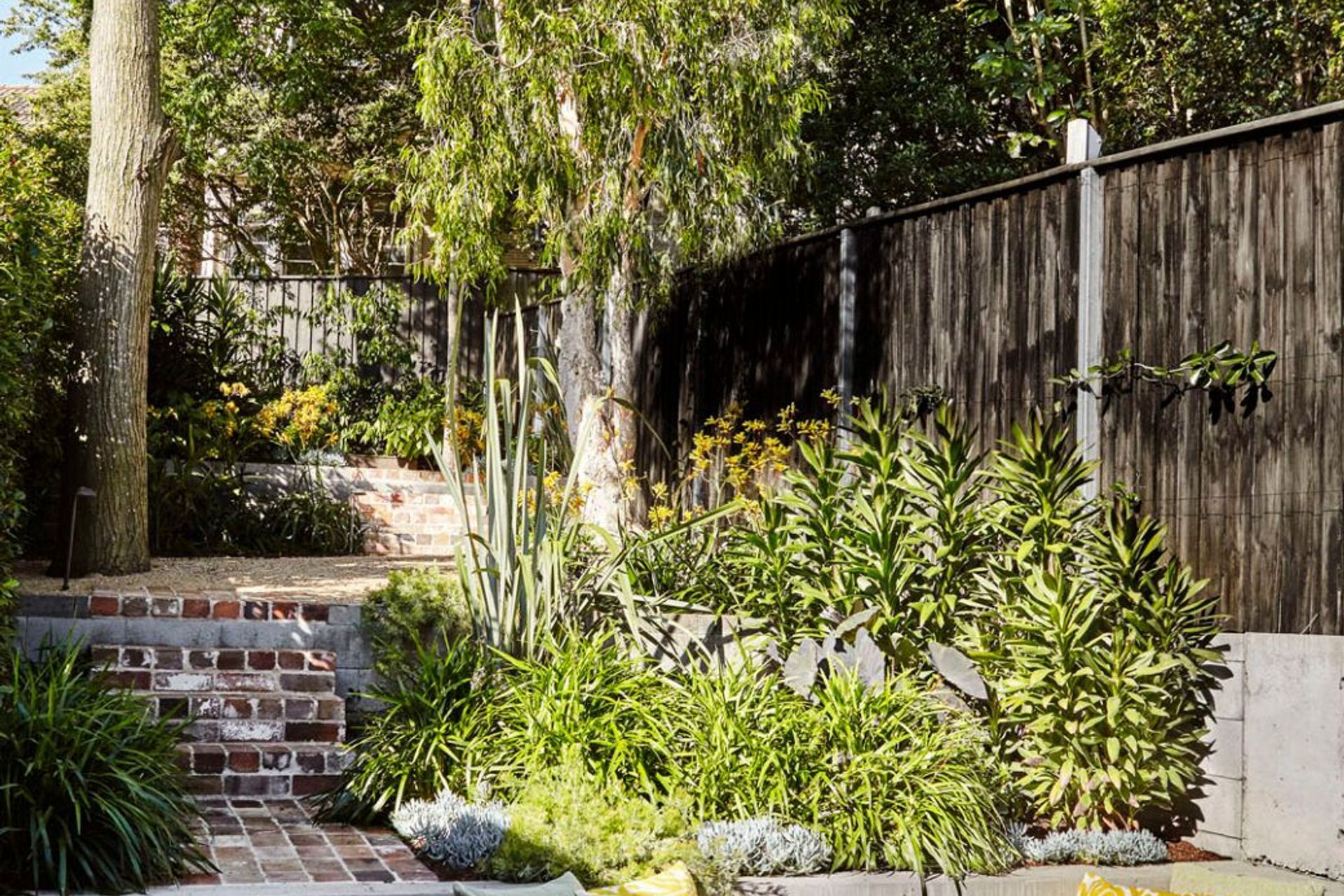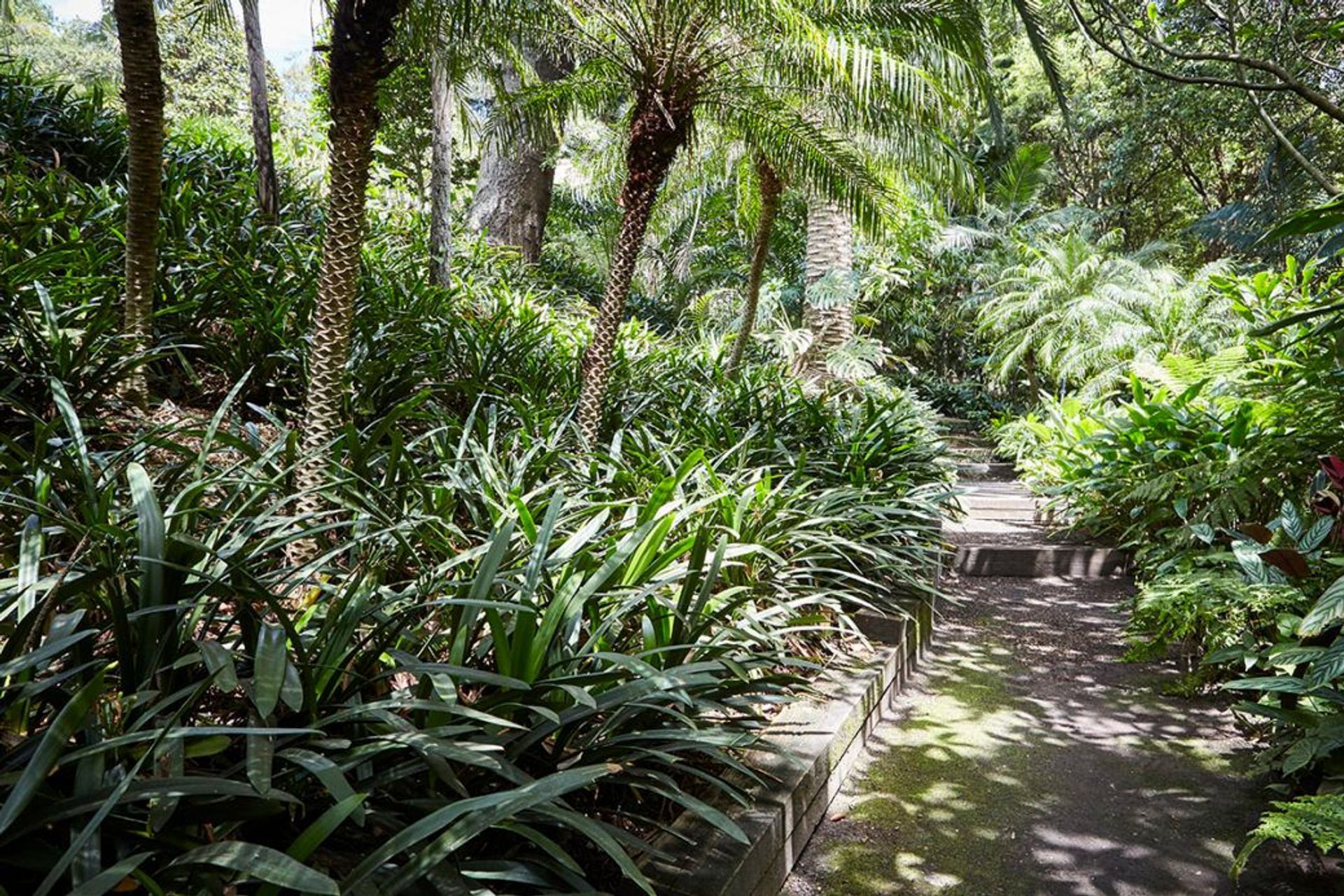Creating beautiful shade gardens
Shady spots provide the perfect opportunity to integrate rich, deep green hues and large glossy leaves into your garden design.
Low sunlight creates a completely different microclimate which offers fertile ground for a variety of different plant choices, typically characterised by divine scents and glorious pops of colour.
Know your shade conditions
Sun exposure can vary throughout the day and there is no ‘one size fits all’ solution when it comes to selecting your shade plant palette.
Pepo Botanic Design Director, Nicola Cameron, explains the importance of understanding the extent to which lighting conditions can vary. “Shade is forever moving and drifting from one surface to another,” says Nicola.
“A space may be in the shade for part of the day for example, and then exposed to the heat of the sun in the late afternoon. Understanding the ebb and flow of your sunlight exposure is the first step in the process, and this was an important consideration when we designed this rear garden in Randwick (pictured below), underneath the dappled light of the trees.”

Generally, any area that receives less than three hours of direct sunlight within the one day is classified as being shady.
Variations between different types of shade are also important to consider, such as deep shade, light, partial or dappled shade, dry shade and damp shade. For example, the foliage of a large leafy tree might cast a motley shadow, while a solid, towering brick building can block-out the light completely, making it difficult for most plants to survive. The latter is classified as full shade.
Understand your garden’s microclimate
Once sun patterns and light exposure is understood in relation to a garden space, the associated horticultural elements need to be considered.
Shady spots for example are typically accompanied by the damper, cooler conditions. A unique microclimate evolves, influenced by elements such as moisture, wind, and certain soil conditions – and these factors combine to create an ideal refuge for certain plant species.

Understanding the physical structure of shade-loving plants and how their particular characteristics enhance their survival is helpful when planning which varieties to select.
During their evolution, shade-loving plants have developed certain traits based on their preferred natural habitats. Wide flat leaves are typical, and these help the plant to maximise sunlight and convert the rays into much-needed energy through photosynthesis. Shade plants also love acidic soil, which is typically found in the top, thin layer of a leafy forest floor.
Designing a shady space
Uninterrupted sweeps of planting entice the eye to skim freely over an assemblage of greenery with complete ease.
To create a beautiful visual flow, Nicola recommends using masses of similar plants rather than dotting varying species here and there. “Limiting the plant palette allows a designer to create diversity and balance through textual differentiation – drawing on contrasting forms and surfaces.”
“For example, the long strappy arching leaves of the Neomarica provide a natural counterpoint to a shrubby Barlettina sordida, with its velvety leaves and clusters of lilac flowers.”
Grassed areas rarely thrive in the shade, given that lawn requires more than six hours of direct sunlight per day in order to prosper.
“Pepo prefers to ‘plant the space out’ rather than install lawn in a shady area,” says Nicola. “We might select a native Australian groundcover like Dichondra, for example, which creates a pillowy softness and enhances the flowing effect of an open space beautifully.”

Selecting plants that will thrive
Ensuring that your garden’s specific shade conditions support your plant choices, will deliver a rewarding result.
“The garden at Bronte House, which Pepo is proud to maintain, is abundant with shade-loving plants,” says Nicola. “Nestled in a gully up the hill from Bronte Beach, historical trees form a natural canopy over parts of the garden. This creates the perfect environment for a variety of plants to thrive, including ferns, such as Athyrium filix–Femina and Platycerium superbum.”

Clivias also love protected spots and their large showy flowers are characteristic of shade-loving plants, designed to stand and out and attract insects in dimmer conditions. Their clusters of vibrant yellow-throated orange and cream trumpet flowers brighten the garden during late winter and early spring, and their strappy thick leaves abound throughout the year.
Begonias too are native to moist subtropical and tropical climates and the different varieties will tolerate a variety of shade conditions. Wax begonias can tolerate more sun than other types, while tuberous begonias prefer more shade and less heat.
“Our designers generally take the time to observe the varieties that are growing well in space before finalising a plant palette. If one type of plant is happily thriving in a particular spot, it is a good indicator.”
The beauty of a shady tree
Integrating shade into a design enhances the atmosphere of a garden and provides the opportunity for subtle layering. By varying the degree of sun exposure, the space is naturally enriched by contrasting colours, sounds, and smells.
Verdant greenery flourishes beneath the overhead canopy, which is typically cooler, softer, and calmer than other parts of the garden.

Additionally, a shady spot underneath a large, protective tree provides a snug cosiness that we often yearn for outdoors. It naturally beckons and we find ourselves gravitating towards the pull of that space, whether we are within our own garden, or strolling through an expansive park.
“Not only do trees offer cooling shade, but they also attract birds and wildlife, purify our air, prevent soil erosion and help to clean our water,” says Nicola. “They connect us with our environment and protect us from the sun, providing restorative, inspiring, and graceful sanctuaries for everyone within our community to enjoy.”
